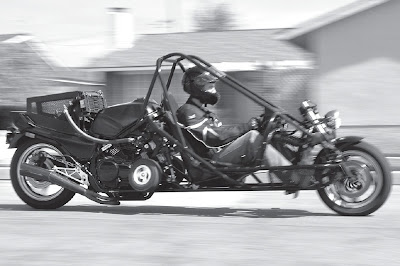sk8norcal
1 MW
http://litmotors.com/
http://www.youtube.com/user/LitMotors
see also twilltech and thrustcycle,
http://tiltingvehicles.blogspot.com/2011/06/self-balance-2-wheelers.html
http://vimeo.com/11374707
[youtube]Z0m-cUxMcJw[/youtube]
http://www.youtube.com/user/LitMotors
Lit Motors CEO Daniel Kim wants to reinvent the motorcycle as we know it today. His idea? To design and manufacture a fully enclosed, two-wheeled motorcycle that runs purely on electric. SmartPlanet gets an exclusive first look at the C1-concept vehicle and its patented gyroscopic stability technology that helps prevent it from tipping over.
see also twilltech and thrustcycle,
http://tiltingvehicles.blogspot.com/2011/06/self-balance-2-wheelers.html
http://vimeo.com/11374707
[youtube]Z0m-cUxMcJw[/youtube]



